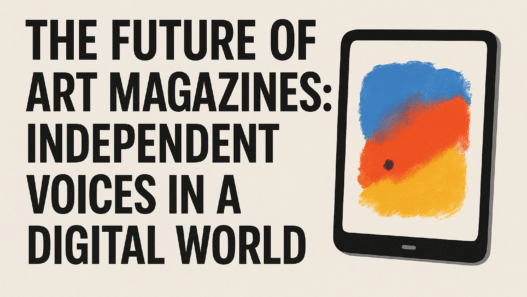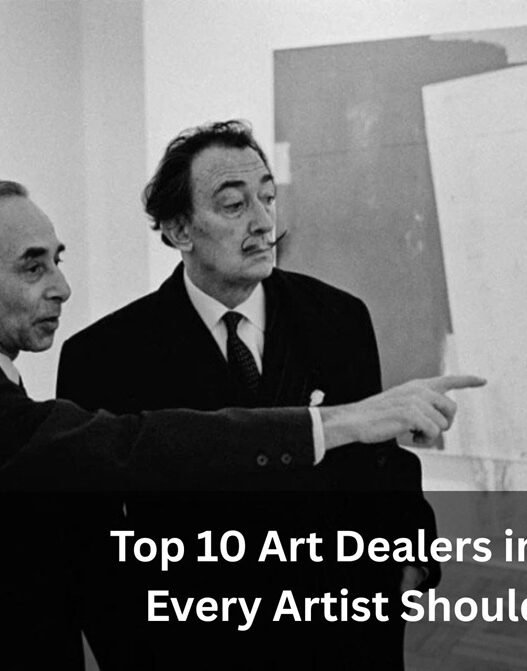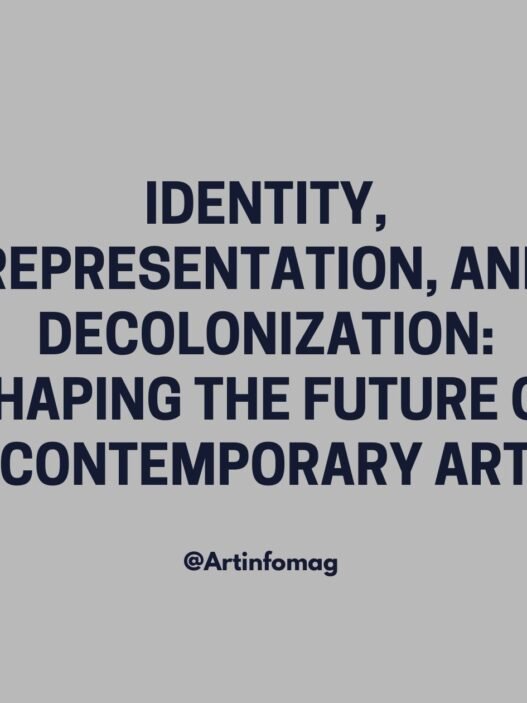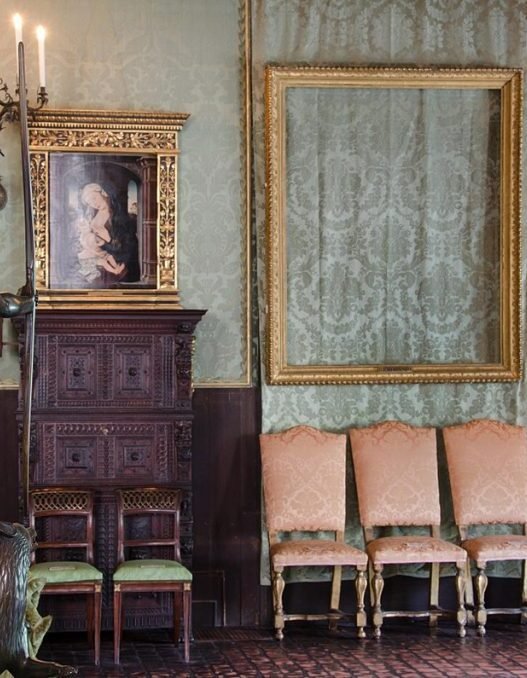The history of art isn’t just a chronology of paintings and sculptures; it’s a narrative shaped profoundly by the writers, critics, and theorists who interpreted, championed, and sometimes condemned the visual world. These influential voices didn’t just document art—they provided the vocabulary, context, and philosophical framework that allowed movements to coalesce and gain traction, forever altering the course of artistic production and reception.
Early Foundations and the Victorian Age
The tradition of influential art writing spans centuries, but a few figures stand out for laying the groundwork of art history and criticism as disciplines.
- Giorgio Vasari (1511–1574): Often called the “father of art history,” Vasari’s Lives of the Most Excellent Painters, Sculptors, and Architects (1550, revised 1568) established the biographical format for art history. He chronicled the lives of Italian Renaissance artists, coining the term “Rinascita” (Renaissance) and promoting the idea of artistic progress culminating in Michelangelo. Though often colored by exaggeration and Tuscan bias, his work remains a foundational text and a primary source for the era.
- John Ruskin (1819–1900): A towering polymath of the Victorian era, Ruskin’s writings married art criticism with social and moral philosophy. His five-volume Modern Painters (1843–1860) was a fervent defense of the painter J.M.W. Turner, arguing that the artist’s primary duty was “truth to nature.” Ruskin later championed the Pre-Raphaelites and expanded his focus to connect aesthetics with ethical social reform, profoundly influencing not just art but architecture, conservation, and the Arts and Crafts movement.
Modernism’s Critical Pillars
The 20th century, with its rapid succession of art movements, was arguably defined most forcefully by its critics. These writers often served as gatekeepers, identifying, legitimizing, and theorizing the new forms of Modern Art.
- Charles Baudelaire (1821–1867): Though better known as a poet, the French writer’s criticism of the Salon system and his essay The Painter of Modern Life (1863) were pivotal. Baudelaire argued for an art rooted in the fleeting, temporary experience of the contemporary city, laying the intellectual foundation for Impressionism and the broader concept of Modernism itself.
- Roger Fry (1866–1934) and Clive Bell (1881–1964): These British critics were instrumental in introducing continental Modernism to the English-speaking world. Fry organized two seismic exhibitions of “Post-Impressionist” art in London (1910 and 1912), effectively coining the term. Bell, in his book Art (1914), championed the theory of “Significant Form,” arguing that the true value of art lies in purely aesthetic formal qualities (line, color, shape) rather than its representational or emotional content. This formalist approach was highly influential for early abstract art.
- Clement Greenberg (1909–1994): Perhaps the most influential critic of the mid-20th century, Greenberg was the ultimate formalist. He championed the idea of art’s self-purification, arguing that each medium should pursue what is unique to its nature—for painting, this meant flatness and the properties of paint itself. His essays, such as “Avant-Garde and Kitsch” (1939) and “Modernist Painting” (1960), elevated Abstract Expressionism (particularly the work of Jackson Pollock and Mark Rothko) to international dominance, solidifying New York as the new center of the art world.
Post-War Theory and Contemporary Dialogue
Following Greenberg’s reign, subsequent writers challenged the formalist approach, ushering in new critical frameworks focused on language, context, and power.
- Rosalind Krauss (b. 1941): A critic, theorist, and co-founder of the journal October, Krauss became a key voice in post-structuralist art discourse. Her writing helped define Post-Minimalism and Conceptual Art, moving the focus away from a work’s physical objecthood to its language and theoretical underpinnings. Her essays, like “Sculpture in the Expanded Field” (1979), provided a rigorous, intellectual map for understanding art beyond traditional categories.
- John Berger (1926–2017): Berger was a Marxist art critic whose television series and book, Ways of Seeing (1972), fundamentally changed how a mass audience viewed art. He stripped away the esoteric language of traditional criticism, offering a radical critique of Western art history, focusing on the role of class, gender, and power in shaping both the production and interpretation of images. His work remains a crucial touchstone for studies in visual culture.
These writers, from the Renaissance biographer to the Modernist theorist, were not mere observers; they were active participants whose words became the invisible framework that allowed artists to create and the public to comprehend. Their influence is indelible, as the very terms we use to discuss and categorize art movements today are largely the legacy of their critical thinking.


















